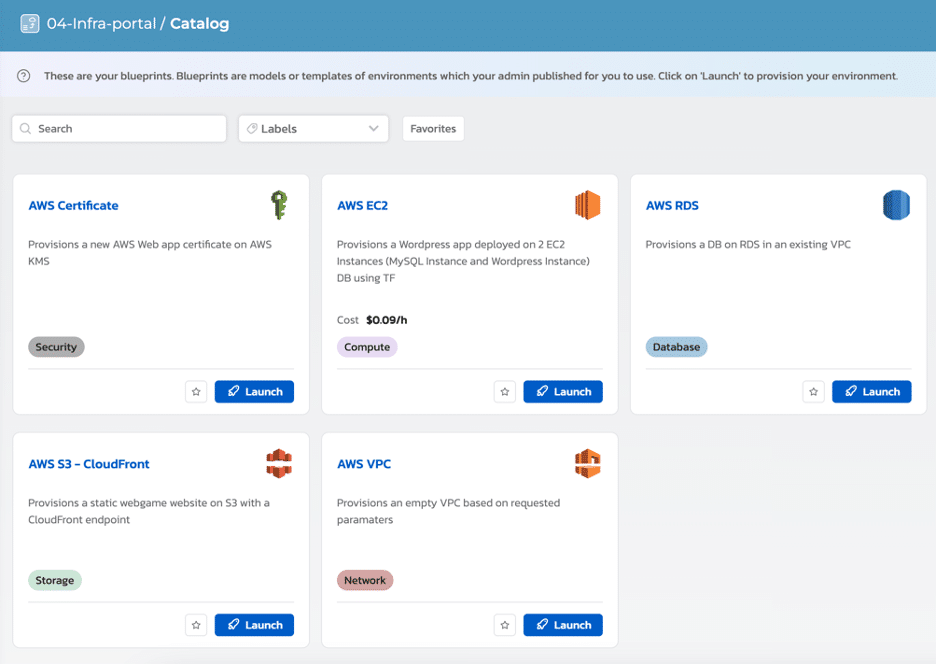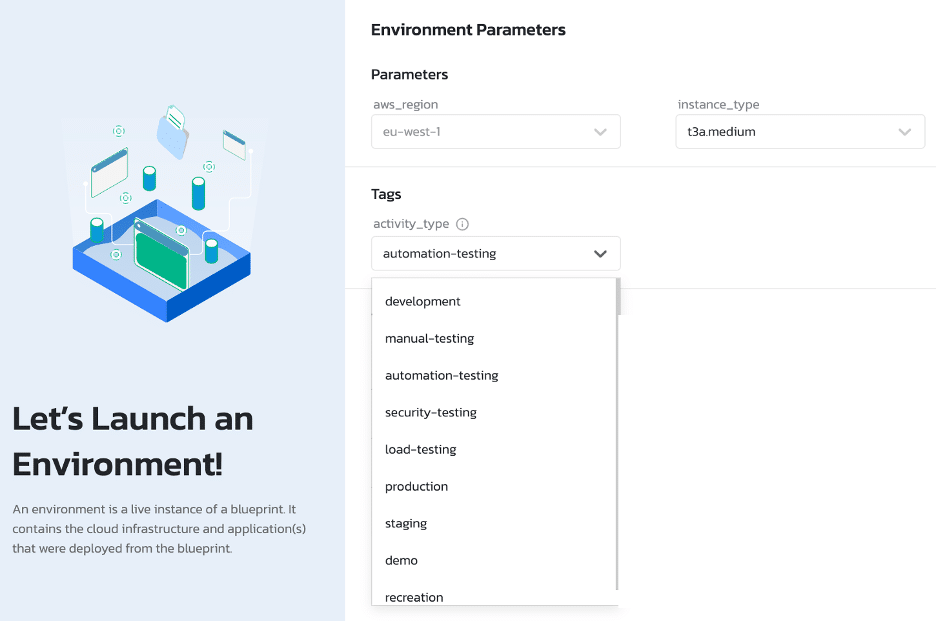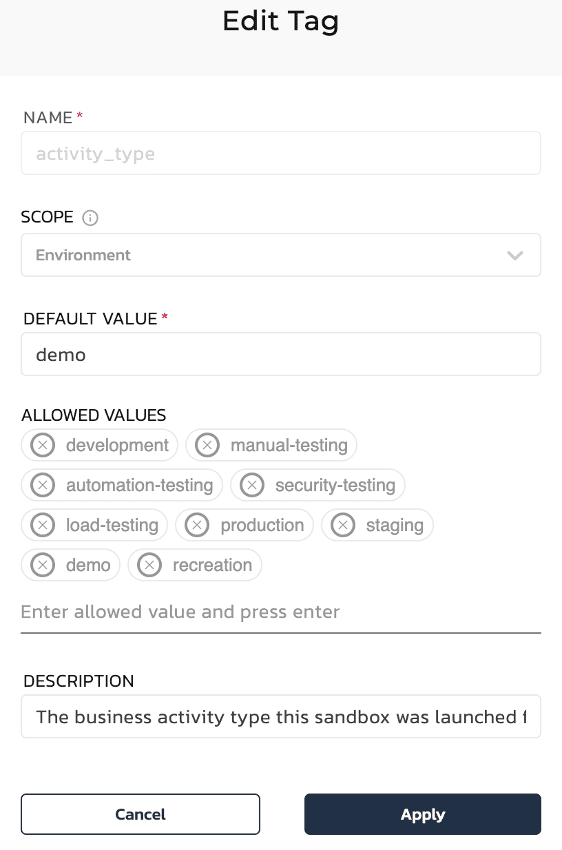Cloud tagging plays a pivotal role in reporting on cloud costs, serving as a fundamental mechanism for FinOps and engineering teams to track the utilization and allocation of cloud resources at scale.
When executed correctly, tagging enables cost allocation for public cloud resources. For example, if a software testing team applies a tag labeled “testing” to every AWS cloud resource they deploy, the AWS bill reflect that tag.
An effective cloud tagging strategy associates resources with departments, projects, or cost centers, making it easier to allocate costs accordingly. This allows leadership to hold individual teams accountable for their cloud usage and serves as a foundation to understand ROI, set accurate budgets, and identify ways to optimize cloud costs.
Those using AWS Cost Explorer and other FinOps and cloud cost optimization tools rely on cloud tagging to gain meaningful insights into their cloud resource utilization. FinOps tools use cloud tags to categorize and track resources based on custom-defined criteria, generate cost allocation reports, and analyze spending patterns to identify opportunities to optimize cloud costs.
However, tagging is still a largely manual process that can be prone to human error, resulting in missing data and inaccurate reports.
Since the engineers and developers who provision cloud infrastructure need to apply tags manually, any misstep in the resource tagging process will create a blind spot in FinOps reporting. This includes typos or inconsistency in formatting—any typo or missing capital letter will come through the reports in AWS Cost Explorer or other FinOps tools as a new resource tag.
Even those with an advanced cloud tagging strategy can struggle to ensure all teams apply correct tags. At scale, this can be difficult to reconcile.
Here we’re going to show how Quali Torque users automate tagging to remove the risk of human error.
Step 1. Establish your cloud tagging strategy
Setting a robust cloud tagging strategy is essential for effective resource management and cloud financial management.
It’s important to define the information that will be most valuable in your cloud cost reports, such as project names, departments, or environments. Establish naming conventions and guidelines to ensure each tag value provides insights into how your teams operate.
Regularly review and refine your strategy as your cloud environment evolves. Ensure tags align with your business goals, enabling you to track costs, allocate cloud resources, and optimize cloud usage effectively.
Step 2. Publish approved cloud resource configurations to the self-service catalog
The automated tagging process relies on the self-service deployment model via Quali Torque.
First, connect the Git repository containing your Infrastructure as Code (IaC) modules to your Quali Torque account. Torque will automatically discover all IaC modules in your repository and allow you to import them into the Torque platform.
Once imported, Qual Torque generates a new YAML with the configuration defined in your initial modules. As an added benefit, you can import multiple IaC modules and other configurations into a single YAML that defines the dependencies and outputs needed to support a workload, such as a testing, development, or production environment.
Only those with admin access can create and publish a YAML in Quali Torque, which we refer to as blueprints. Publishing a blueprint releases it to the self-service catalog where those with limited user permissions can deploy the infrastructure defined in the blueprint on-demand. All published blueprints can also be integrated within your CI/CD platforms, developer portals, and other tools where your teams provision cloud infrastructure.

This eliminates the need to provision cloud resources every time they’re needed, democratizes access for the teams who need it, and protects security by encrypting all account credentials and other secrets via the Torque platform.
Learn more: Democratizing self-service access to AWS and Azure cloud resources
Step 3. Automate your cloud tagging strategy as part of the deployment process
As part of the self-service deployment process, users are required to select a tag before creating a new cloud resource based on the blueprint.
When the environment is launched, Quali Torque creates the cloud resources defined in the blueprint and applies the tag based on the selection from the picklist.
This eliminates the need for engineers or developers to apply tags manually and ensures all tags adhere to the spelling and formatting set by the administrator.

Admins can set and manage these tags via Account Settings in Quali Torque, and can choose to apply specific tags to specific workspaces in Torque. This allows for further customization by exposing only a specific set of tags to the users with access to that space.

Cloud financial management is crucial as it helps organizations control costs, allocate resources efficiently, and maximize ROI in cloud services. Proper management ensures budget adherence, cost transparency, and optimized resource utilization, enabling businesses to scale effectively, invest strategically, and remain competitive.



